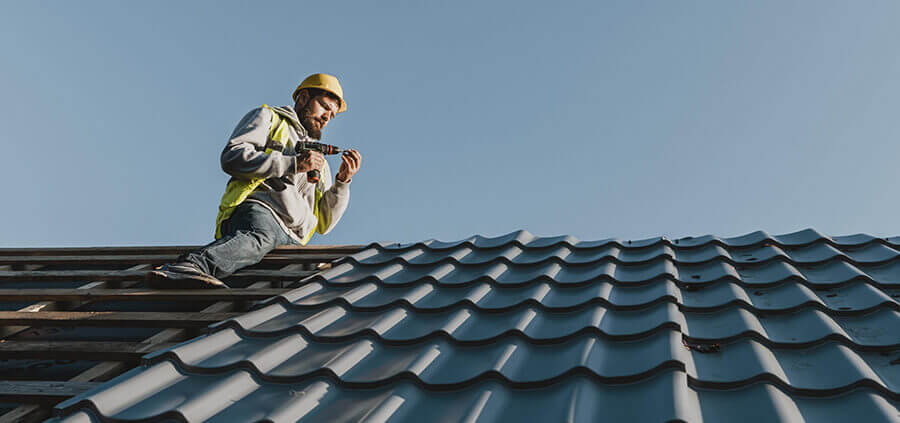3 Ways To Minimize Storm Damage
Storm season is here and the worst storms bring winds over 100 mph, heavy rain or hail, flooding, and severe property damage. Most recently, Hurricane Matthew devastated the southeastern United States, particularly coastal areas of Florida, Georgia, South Carolina and North Carolina.
Obviously, you can’t control the weather, but you can do what you can to minimize storm damage around your home. Here are 3 ways to lower risk so you and your belongings stay safe. A 2011 FEMA report recommends checking roof integrity to minimize storm damage. When roofing materials aren’t secured properly, high winds can tear them off and rain can infiltrate the interior of your home.
Poor workmanship is a principle cause of roof failures during hurricanes or high winds. For instance, some contractors do not use sufficiently thick roof sheathing or they do not attach it to the roof trusses.
Some contractors do not install proper underlayment beneath the shingles either, which is important because it adds additional protection against water infiltration. Roof shingles should be nailed down properly, not stapled. A qualified roofing contractor knows how often shingles should be nailed and the proper nails for coastal areas.
A contractor can also check whether the first course of shingles on your roof is properly attached to a starter strip with adhesive. This is the most vulnerable area on the roof and where most damage occurs first. If it’s time for a roof replacement, discuss your needs with a reputable local contractor. People who live in high wind or hail prone areas can choose appropriate shingles to reduce the risk of damage.
The wind resistance classification system rates asphalt roof shingles with letters. Class D resists winds up to 90 mph, Class G up to 120 mph, and Class H up to 150 mph. Regardless of the shingle you choose, it is important the contractor installs them correctly on a properly installed deck. The manufacturer also requires a specific number, type, and placement of nails.
The rating system for hail-resistant roofs uses a numbered class system. Class 1 are most likely to be damaged during a hailstorm, while Class 4 provides the greatest protection. Trim away weak branches and remove dead trees. The majority of injuries, fatalities and damage during a severe storm are a result of debris.
If you use rock or gravel landscaping material, replace it with bark mulch. Rock and gravel become deadly projectiles in heavy winds which can severely damage your home and injure people.
Lawn furniture, your barbecue, garden tools, and children’s playsets are no match for high winds either. If you cannot store them indoors, secure them well. A roof inspection is the best way to check the integrity of your roof and correct problems. If your home needs a new roof, discuss the possibility of superior shingles. They do cost a bit more, but they also reduce risk to your home and belongings.
Choose a reputable, licensed contractor from your area. They know the weather challenges and can help you make a decision. The Roof Clinic offers a free roof analysis and operates in the Greater Atlanta area. They’re also helping homeowners in South Carolina to recover from Hurricane Matthew damage
Get a Free Inspection
FREE LEAK DETECTION | ROOF ANALYSIS | CLAIM ANALYSIS





